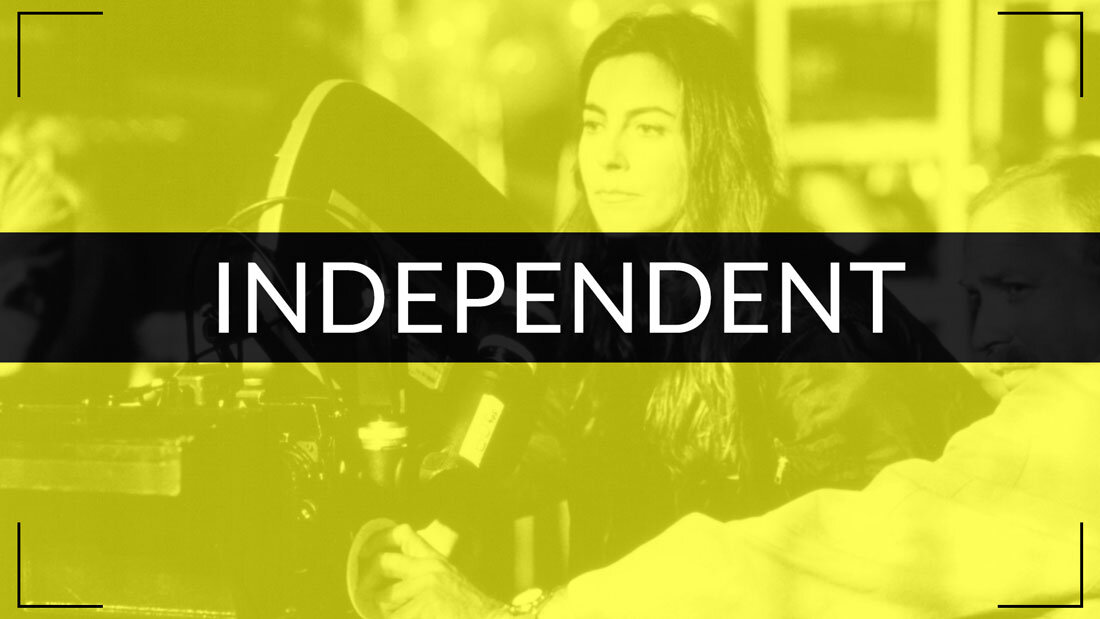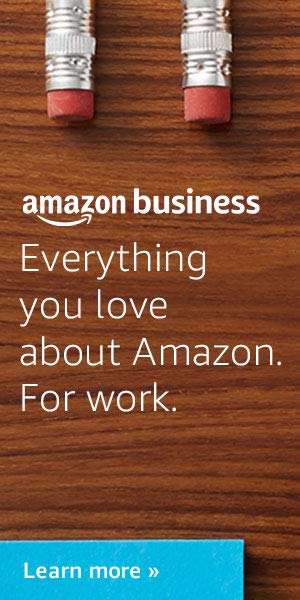The future of filmmaking is evolving. New production capabilities make it possible for more indie filmmakers to produce their vision. New film funding models like branded entertainment (brand integrations) enable independent filmmakers the capability to monetize any object, location or dialogue in their scene, set, storyboard and script.
New paradigm in film finance
A new paradigm in film funding and brand advertising opens doors for aspiring filmmakers and brand advertisers alike that bridges the divide between art and commerce. Many productions and advertisers are now more thoughtful with brand integrations than ever before. They allow the brand integration to provide realism and appear contextually appropriate within the storyline. This is the new native advertising.
When done correctly, brand integrations won’t impact the integrity of the story, instead merely become the apparel worn by characters, the restaurant people visit, the websites/apps they utilize (ahem…shameless HOLLYFY plug), the airlines they travel on, the living room furniture they use, the cars they park in their garage or the beverage they buy in the hotel bar.
When Is Branded Entertainment Appropriate?
With so much money at stake, even in indie films, there must be some ingenuity in film financing: such as foreign pre-sales, tax credits, crowdfunding for movies and other practices like HOLLYFY brand integration platform. It comes as no surprise that blockbusters drive a high price tag for brand integrations, even for only a couple moments of screen time. But since more films are being viewed on-demand, worldwide; even indie filmmakers and brands can construct a mutually beneficial arrangement.
Offset Production Costs
For the indie filmmaker, brand integrations can be equally helpful in offsetting production costs, such as apparel, props, electronic devices, locations, vehicles, and signage, even if the brand doesn’t pay for the integration and rather helps with marketing. While some integrations can be used incorrectly or overused in indies as well, most savvy filmmakers and brands prefer a natural integration into the storyline and scene.
That said, some companies do not pay for integrations (Apple, for example), yet they make products people want in their films so they are usually content at minimum to provide products and clearances without much of a effort. Another successful way to finance is using local companies and brands.
Overcoming Hurdles
If you’re producing a short or indie film, and have no big name stars or distribution secured, the level of difficulty increases to get paid to place brands in your film unless you have a connection at the brand. Most brands are fine granting you clearances and even providing free product if you reach out enough in advance so that their inventory can handle your needs and the brand can sign off on the request. Many people don’t realize this and erroneously try like hell to avoid showing logos or signage for fear of being sued.
Contrary to popular belief, the general rule of thumb is that if the product is being used as intended you shouldn’t have any issues. For example: if a character in your scene is using a certain brand of laundry detergent to do their laundry, and their laundry comes out fine and the washing machine doesn’t explode, you’re probably good.
If you’re using a certain brand of laundry detergent to poison somebody in a scene, or if the laundry detergent breaks the washing machine, you will likely run into some problems getting clearance for that brand of detergent. All major brands have a “brand image” they try to adhere to, but unless you are using the product incorrectly or it causes damage to something or someone — you are probably safe to use it.
Another misconception is around cars, since having a hero’s car can drive big dollars in studio films (such as the Aston Martin in the James Bond franchise). You do not necessarily need a clearance to show a car’s logo unless you alter the design of the car in some way or use the car in some nefarious fashion. Sometimes by reaching out to a local car dealership they might loan several new cars for a scene in exchange for taking some photos they could use of the stars in front of the vehicles. It’s often beneficial for both the shoot and for the dealership. Going local is a great tip.
Mutual Benefits
If you put your mind to obtaining brand integrations, or brand mentions, or a dozen picture cars, it’s perfectly possible as long as you act professional and courteous with everyone you’re encountering, and use brands when integral to the script or scene. If you have a scene in a supermarket or convenience store it may be helpful to make the background less distracting by removing a sea of logos, but there is a time and place for everything. As long it is natural to the scene, most of the viewing audience prefers the realism of brands.
How to Get Brand Integrations For Your Movie:
Finally, you’ve got a script, you’ve casted and scouted locations, you’re getting prepped and want to see if you can get any brands to help save on costs. You’ll want to start by going through your script with a highlighter to find out what easily fits into the existing dialogue, set design, locations, tangible products, websites or simply brands that may need clearance rights. Highlight anything you see that could be a brand, product, location or company. If you’re shooting a western, perhaps Wrangler or Carhartt could help provide the wardrobe for your main characters. Maybe the character wears Ray-Ban sunglasses or Nike sneakers, or drinks Lone Star beer or uses apps on their smartphone, or headphones, or it all takes place in a restaurant. You get the point, you’ve made a long list of brands that are essential to a characters or the storyline.
Once you’ve got your list of the types of brands you’ll want to approach just be professional and courteous to the gatekeepers.
Try these websites:
- HOLLYFY.com — uses machine learning to connect entertainment creators with brand advertisers.
- www.erma.org — is the Association of Entertainment Marketing Professionals, and do a search of each item on your list to find out which product placement agencies represent each one.
- UPP Entertainment Marketing — if you’re looking for a product placement agency who can assign agents to do the legwork for you.
Have an Honest Discussion
After connecting with the brand liaison, tell them what kind of project you are shooting and sell up any aspects you can. With a few up-and-coming starlets or some distribution deals, you can go a long way. If it isn’t a theatrical release or you don’t yet have much credibility you may need to give more passionate reasons for why they should work with you, but if you do it right they are almost always willing to help get their brand seen by more eyeballs.
Filmmaking isn’t made overnight, it isn’t always made by a mega studio, and it isn’t made by the audience. Indies are made by passionate filmmakers. An artist should be able to focus on their project first and foremost, but since we live in a world with expenses, the artist and other people in the project must also get paid to make art and still pay their bills.
Now is the Time
If brand integration is done correctly and used to offset production or marketing expenses, then by all means it absolutely serves a genuine purpose.
Get brands inside entertainment scenes.
Follow Us:
Related posts


Learn More ›
Latest Articles
Subscribe to Newsletter
- DTC marketing news and trends—tracking the industry ups and downs Source: Ad Age-Latest Published on 2023-09-25
- Hollywood Screenwriters reach tentative deal to end strike Source: Ad Age-Latest Published on 2023-09-25
- Hollywood Screenwriters reach tentative deal to end five-month strike Source: Ad Age-Latest Published on 2023-09-25
- What Gen Z loves—and hates—about brand marketing Source: Ad Age-Latest Published on 2023-09-25



Stay connected